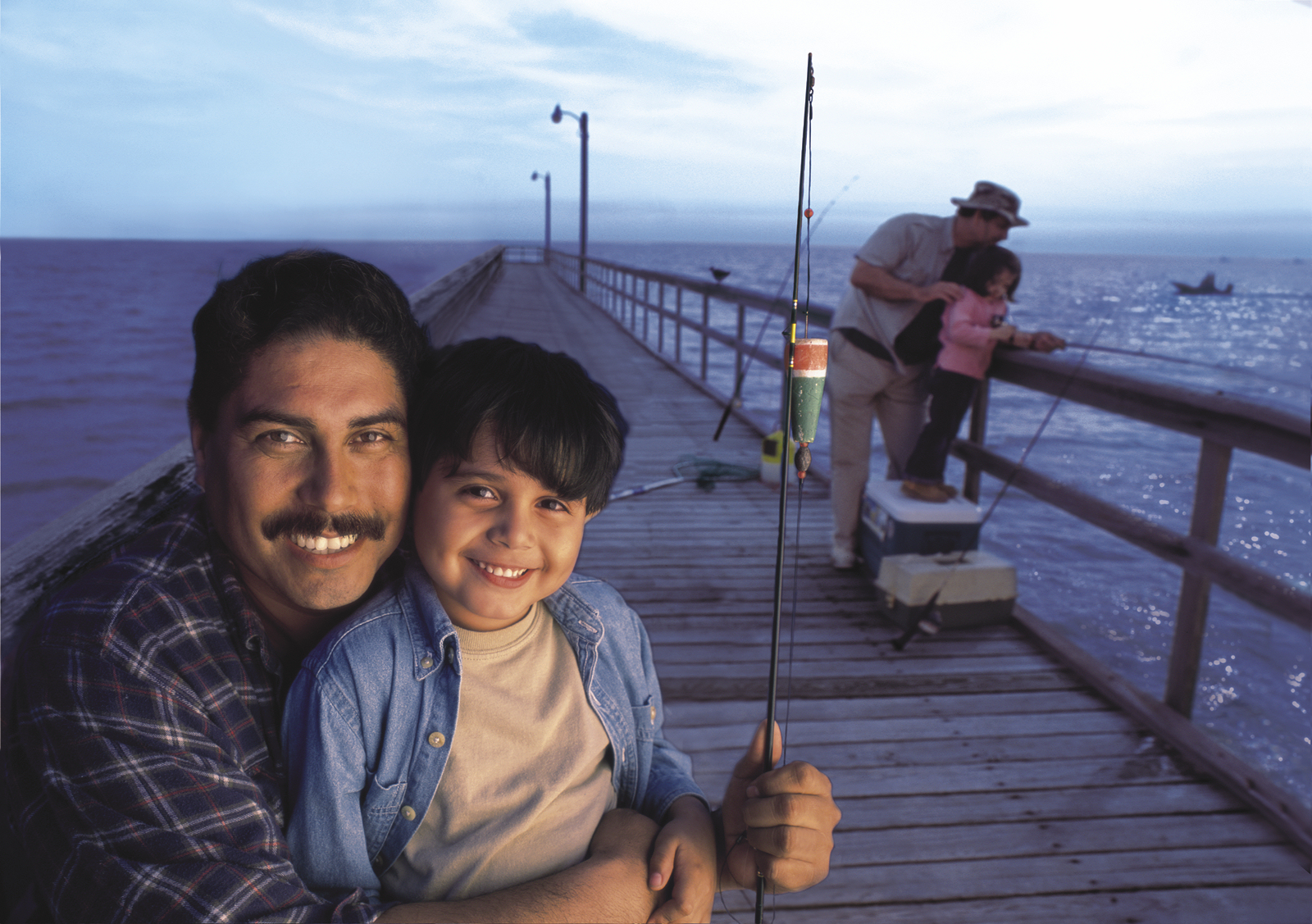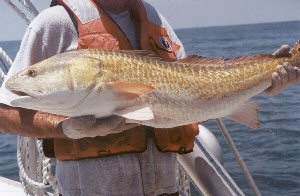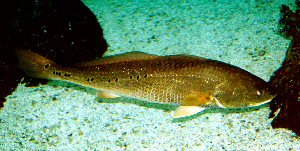TPW TV: Coastal Fishing
Tuesday, June 4th, 2013
Image from June issue Texas Parks and Wildlife Magazine
This is Passport to Texas
Summer officially arrives later this month. And if fishing is on your to-do list, Texas Parks and Wildlife TV Series Producer Don Cash says, a segment on this week’s show highlights angling opportunities along the Texas coast.
58 –I’m pretty sure that the fishing along the Texas coast is pretty good all year round, but summertime is when people seem to really think about going fishing. And this story focuses on a couple of different ways to do it. One of those ways is to take a charter boat out. The great thing about that is you’re surrounded by water — no land anywhere in sight – and you don’t really know what you’re going to catch sometimes. You never know what’s going to come up on the end of your hook; you can specifically fish for a certain type of fish, but Lord, there might be a hundred pound grouper, when you’re fishing for that two pound snapper. So, there’s a lot of excitement there. One thing you see in this story is the people fishing are having a really good time. Whoa! That’s a red snapper [laughs]. What I hope happens with this story is people will watch it and they’ll say ‘Wow. That looks like fun.’ If you can’t do a charter boat, you can always do wade fishing; you can go fish on the pier. There are all kinds of ways to go fishing on the coast, and all of them are a lot of fun.
Thanks, Don.
Support provided by Ram Trucks. Doing what’s right and good regardless of the degree of difficulty — takes guts. Those are the people who build Ram trucks. RAM.
For Texas Parks and Wildlife…I’m Cecilia Nasti.




.jpg)

 Passport to Texas is a
Passport to Texas is a  Passport to Texas is made available by:
Passport to Texas is made available by: